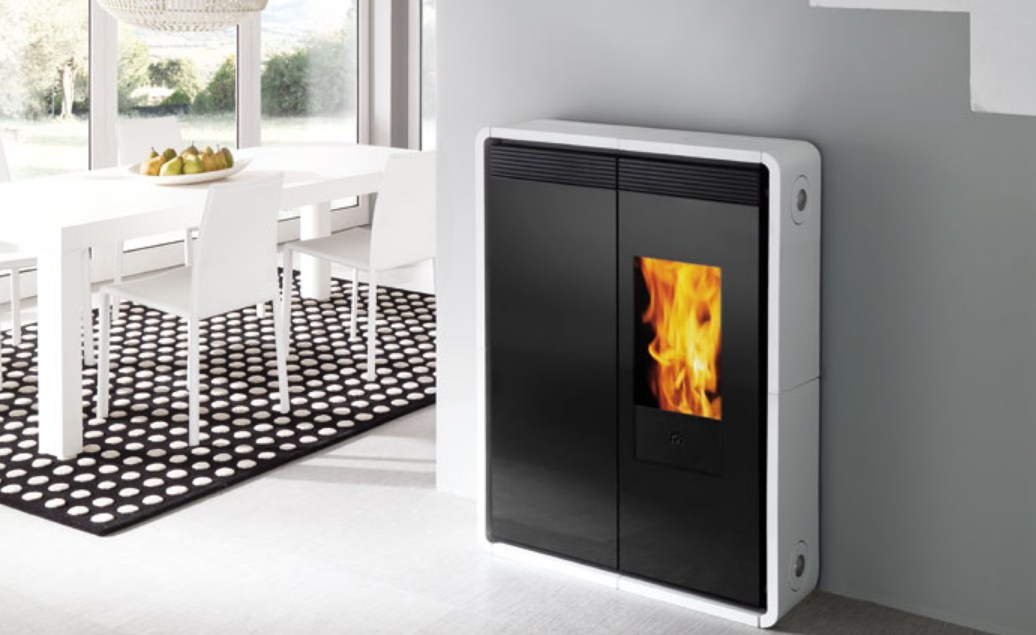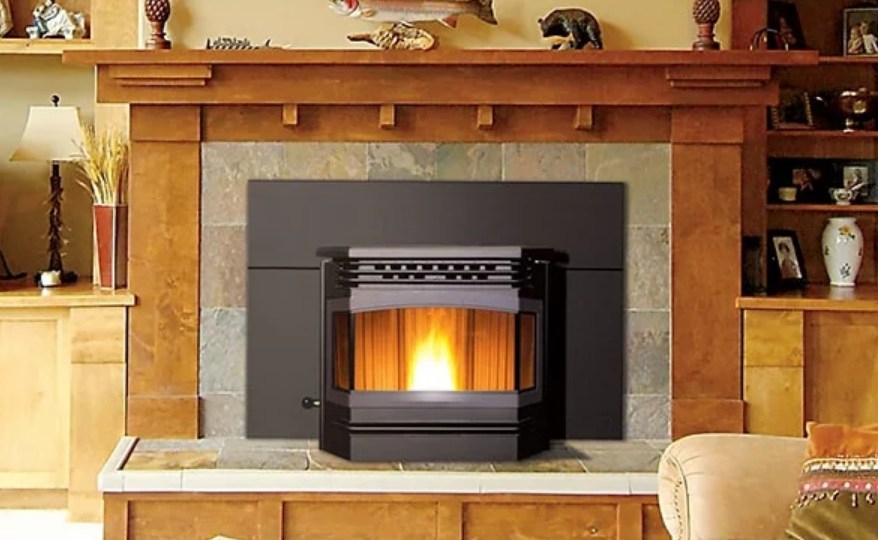Introduction to Pellet Stoves and Their Benefits
It can be difficult to heat your house efficiently and affordably. Fortunately, pellet stoves are a cost-effective, environmentally-friendly alternative to heating your home. Small Pellet Stove: How Does it Work and Where to Place Compact, affordable and arguably not bad for the environment, small pellet stoves—also known as small pellet burners or just pellet burners—are the latest fashion in using pellet stove to supplement home heating needs.
Thank you for reading this post, don't forget to subscribe!It’s this small size — combined with its special features, of course — that make small pellet stoves ideal for those with limited space, whether it’s a small room, a cabin, or those just looking for supplementary heating in a larger home. This post will walk you through all things related to small pellet stoves: how they work, what to look for in the perfect model for your particular needs, basic maintenance, and common problems and solutions.
Understanding How Small Pellet Stoves Work
Tiny pellet stoves get the job done by burning pellets made from sawdust and other waste products from the lumber industry. The pellets are introduced into the burn chamber via a hopper and are automatically fed into the burn chamber, where they ignite and create warmth. It’s a very efficient process because the pellets burn so cleanly (they leave little ash or emissions.)
Closely connected with the small pellet stove stand the following components:
- Hopper: A storage bin for pellets that contains enough fuel for several hours, and potentially even days.
- Auger motor: The device that slowly pushes pellets from the hopper into the burn chamber.
- Burn pot: The place where the pellets are ignited and burned to create heat.
- Fans: Force air into the burn chamber to provide oxygen for combustion and push hot air into the room.
- Control system: Tailor your temperature and pellet feed rate to our liking with this control system.
Due to the automatic components they have built in, you’re likely to enjoy an incredibly easy time using a pellet stove.
Key Factors to Consider When Choosing a Small Pellet Stove
Choosing the perfect small pellet stove includes some factors to consider in order to ensure it will provide the type of heating you need and that it fits where you live. Here’s what to consider before making a buy:
1. Heating Capacity
Determine the total amount of space you need to heat, since pellet stoves come in a range of sizes. The BTU (British Thermal Unit) number indicates the heating capacity of the heater. A small pellet stove ranges from 8,000 to 30,000 BTUs and can heat spaces ranging from 200 to 1,500 square feet.
2. Efficiency Rating
Strive for high-efficiency units that generate a lot of heat while using fewer pellets. Look for stoves that are EPA-certified, which will ensure that they are built for clean burning and efficiency.
3. Hopper Size
A bigger hopper means you can go longer between r Or if you don’t want to clean often, go for one with a spacious hopper.
4. Design and Aesthetics
Stoves both small and large come in a variety of finishes and styles, for the rustic as well as the modern man. Select a design that matches your interior, without losing practicality.
5. Noise Levels
Certain pellet stoves can be noisy with their fan and auger motor sounds. If you are sensitive to the sound in your living spaces, look for quieter models.
6. Budget
Small pellet stoves cost $1,000 to $3,000 but are more energy efficient than a traditional wood-burning stove and offer lower emissions. Assess the value of extra features in comparison to cost, and set a budget.
Top Small Pellet Stove Models on the Market
So, to assist you to refine your search, here are the best-rated small pellet stoves in 2020 today:
1. Castle Serenity Stove
- BTU: 22,226
- Highlights: Small space saving design, programmable thermostat, easy to clean ash pan.
- Best for: Smaller homes/apartments.
2. Comfortbilt HP22
- BTU: 50,000
- Features: Big glass door, silent blower, high efficiency (84%).
- Best for: Medium-size rooms.
3. US Stove GW1949 Wiseway
- BTU: 40,000
- Features: No, electricity is required – perfect for off the grid living.
- Perfect for: Remote homes, or those that frequently lose power.
4. Pleasant Hearth PH50CABPS
- BTU: 50,000
- Notable features: Large hopper, digital controls, automatic ignition.
- Best for: 2,200-square-foot spaces.

Installation and Maintenance Tips
A quality installation and regular maintenance are key to maximizing efficiency. Here’s how to make it as painless as possible:
Installation Tips
- Choose the right spot: Position the stove in a centralized location for uniform heating and with good clearance from walls and furniture.
- Venting: A pellet stove needs a pipe to pull out smoke. Have a pro install a vent that complies with local building codes.
- Power source: Make sure there’s an electrical outlet in close proximity to power the stove’s fans and controls.
Maintenance Tips
- Clean the burn pot regularly to prevent ash buildup.
- Vacuum the ash drawer weekly to maintain efficient operation.
- Inspect the hopper and auger monthly to ensure they are free of blockages.
- Annual deep cleaning of the exhaust vent and internal components is recommended by a professional.
Addressing Common Issues and Troubleshooting
Even the best small pellet stoves will have hiccups from time to time. Here are answers to some common questions:
- Problem: Stove isn’t lighting.
-
- *Solution**: Check the igniter for damage and ensure the burn pot is clean.
- Problem: Smoky operation.
-
- *Solution**: Verify that the venting system is correctly installed and clear of obstructions.
- Problem: Uneven heat distribution.
-
- *Solution**: Adjust the blower settings or clean the air intake vent
Cost Analysis: Is a Small Pellet Stove Right for You?
And besides the initial purchase price, understand long-term costs and savings. Prices for pellets vary by region, although the average price hovers between $250 and $300 per ton. The average homeowner with a small pellet stove spends about $600 on pellets a year. This is similar to, or less than, oil- or electric-heating costs in many areas.
Besides, the fact that a pellet stove might be eligible for rebates or grants if it falls under some of the clean energy regulations in your region. Be sure to check with local authorities to see if you qualify.
Best Small Pellet Stove: Pellet stoves are the perfect choice for people who want a cost-effective, eco-friendly heating solution — and a small pellet stove can be the ideal size for a small home or tiny house.
Warm Your Home Efficiently With a Small Pellet Stove
Small pellet stoves An aesthetic choice These little stoves aren’t just a space heater, they’re lifestyle choices: sustainable, heat-efficient, and a flux of simplicity and stylishness. If you’re looking for back up or supplemental heating for a smaller space look on further than small pellet stoves to quickly heat your home.
Ready to begin your small pellet stove adventure? Check out the best models we’ve compiled, get in touch with your local pro and you’ll be enjoying a cozier, eco-friendly home in no time!



